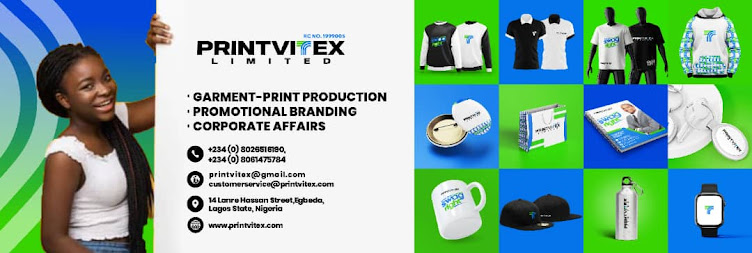- Building Brand Awareness: One of the primary goals behind promotional items is to create and enhance brand awareness. When your brand's logo, slogan, or message is emblazoned on a useful item, it becomes a mobile billboard. Whether it's a branded tote bag, a keychain, or a stylish pen, the goal is to ensure that your brand is visible and memorable.
- Increasing Customer Engagement: Promotional items are an engaging way to connect with your customers. They serve as conversation starters and icebreakers. By giving away these items, businesses aim to foster meaningful interactions with their audience and create lasting impressions. It's not just a giveaway; it's an opportunity to engage.
- Encouraging Customer Loyalty: Loyalty is the holy grail of marketing. Businesses use promotional items as tokens of appreciation, rewarding loyal customers for their trust and repeat business. These items are a tangible way to say, "Thank you for choosing us."
- Boosting Sales: In the world of retail, promotional items can be a catalyst for increased sales. The promise of receiving a valuable item alongside a purchase can be a powerful motivator. Whether it's a free gift with purchase or a discount bundled with a branded item, the end goal is to entice customers to make that buying decision.
- Creating Memorable Experiences: Promotional items have the remarkable ability to turn ordinary transactions into memorable experiences. Whether it's receiving a surprise gift or taking home a stylish piece of merchandise, customers remember these moments and associate them with positive feelings about the brand.
- Differentiating from Competitors: In a crowded marketplace, setting your business apart is essential. Promotional items provide a unique opportunity to stand out. Businesses aim to be memorable by offering items that are creative, unique, or simply useful. It's a chance to showcase your brand's personality and values.
- Supporting Marketing Campaigns: Promotional items are often strategically aligned with marketing campaigns. They can help reinforce the campaign's message, offer, or theme. Whether it's a special edition item for a product launch or a branded item for a specific event, these items are the tangible embodiment of a campaign's success.
- Creating Buzz and Word-of-Mouth: Word-of-mouth marketing is incredibly powerful. When customers receive and use branded merchandise, they become brand advocates. The goal is to have them share their experiences, creating buzz and spreading the word about the brand to their friends, family, and networks.
- Strengthening Employee Morale: Promotional items aren't limited to customers; they're also used to engage and motivate employees. Recognizing and rewarding employee efforts with branded items can boost morale, foster a sense of belonging, and create a positive work environment.
Printvitex Limited partners with brands to get optimal value from their promo objectives!











